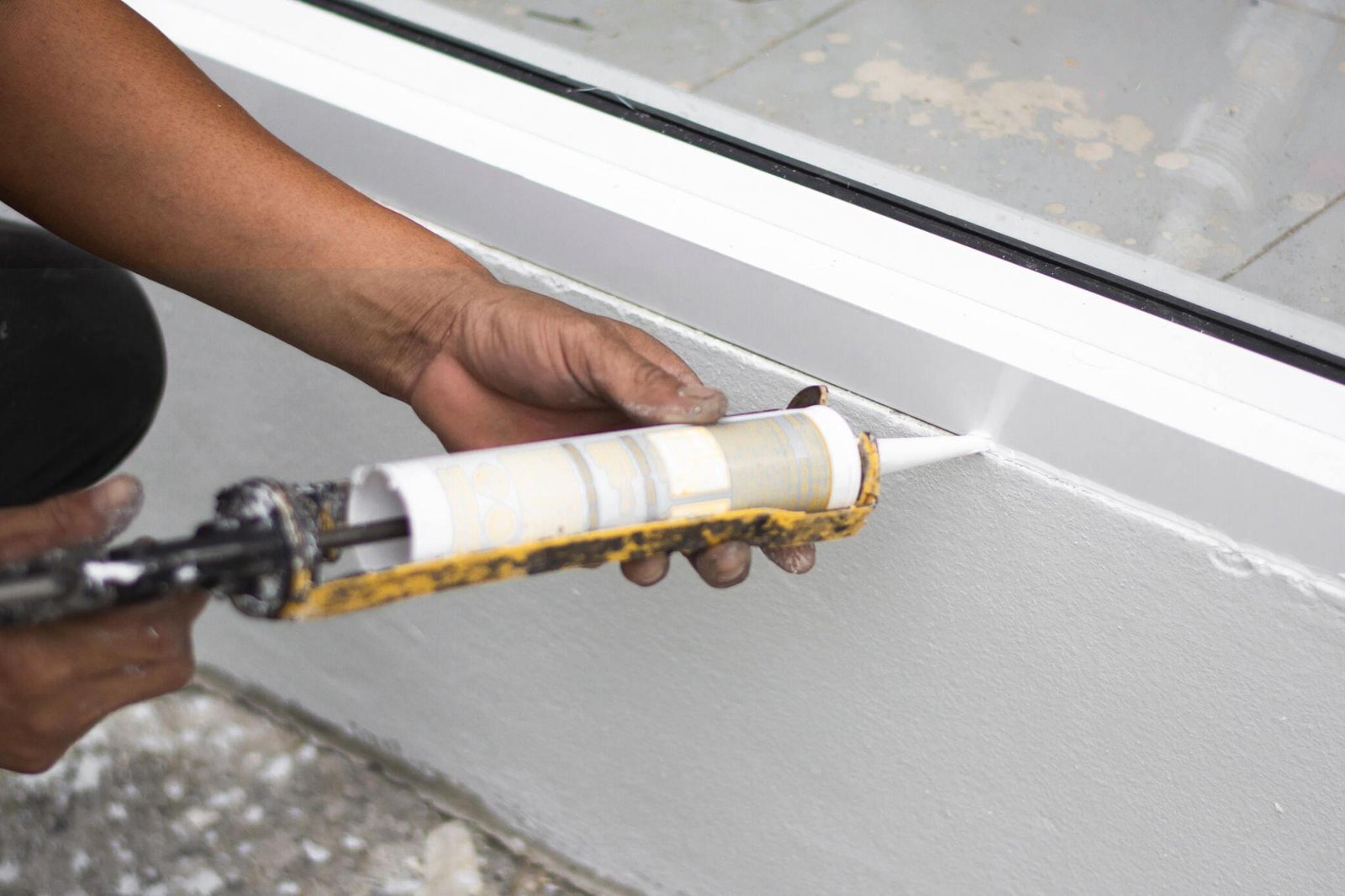
Sealants are materials used to block the passage of air, dust, fire, smoke, light, and fluid through gaps and joints in a structure. With many types available, choosing the right sealant ensures effective sealing performance.
What is a Sealant?
A sealant is a soft, flexible material that changes from liquid to rubber on drying. Sealants like silicone, polyurethane, acrylic, butyl etc. are used to seal joints and openings in various materials to prevent leakage.
Sealants bond two surfaces together to make an airtight or watertight seal while allowing controlled movement. They remain elastic over time to endure expansion, vibrations and shrinkage of building components.
What Are the Different Types of Sealants?
There are 9 major types of sealants:
- Silicone – Heat/UV resistant. For glass, metal, plastic, ceramic
- Polyurethane – Versatile. For concrete, wood, metal, masonry
- Polysulfide – Flexible. For glass setting, expansion joints
- Acrylic Latex – UV resistant. For drywall and wood indoor use
- Latex – Waterproof, low-cost. For short-term interior use
- Butyl – Extremely moisture resistant. For non-expansion metal joints
- Acrylic Latex Caulk – Easy tooling & flexibility
- Alkyd Caulk – For wood and metal windows, door frames
- Polycrylic Caulk – Acrylic latex with silicone. Good adhesion.
What Is the Best Sealant for Your Project?
Choosing the right sealant depends on:
- Surfaces – Porous (concrete) or non-porous (metal)? Incompatibility causes failures.
- Joint Movement – Dynamic (expansion joints) or static (lap joints)? Elastic sealants like silicone span wider gaps.
- Exposure – Indoors or outdoors? Heat, UV and water reduce sealant lifespan.
- Appearance – Does it need to be colored or paintable?
- Ease of Application – Tooling requirements, odor and cleanup difficulty vary.
Select sealants that are compatible, flexible, durable and easy to apply for your specific project.
How to Apply Sealant
Correct sealant application technique maximizes adhesion and lifespan:
- Clean and dry joint thoroughly
- Insert backer rod for gaps over 1⁄4”
- Cut nozzle at a 45° angle to desired bead size
- Gun sealant evenly into joint, avoid air gaps
- Tool sealant with rounded tool to spread evenly
- Let cure fully before exposing to water
Check sealant every few years as deterioration reduces effectiveness over time.
How to Remove Sealant
To remove old sealant:
- Slice entire bead length with utility knife
- Use sealant-removal tools to pull up sealant
- Clean residue with mineral spirits
- Let solvents evaporate fully before re-sealing
What Are the Different Applications of Sealants?
Major sealant applications include:
- Expansion joints – Allow movement between building materials
- Lap/Flashing joints – Prevent water entry at roofing overlaps
- Floor/Wall junctures – Seal gaps against moisture, insects
- Window/Door frames – Adhere components to structure
- Dissimilar material transitions – Seal porous to non-porous
- Cracks – Prevent deterioration and improve aesthetics
What Are the Properties of Sealants?
Key sealant properties:
- Adhesion – Bond strength to surfaces
- Flexibility – Ability to withstand ±25% joint movement
- Durability – Resilience against UV, heat, water over years
- Tack-free Time – Drying time until surface no longer sticky
- Cure Time – Time taken to fully harden
- Shrinkage – Reduction in volume over time
What Are the Advantages and Disadvantages of Sealants?
Advantages
- Prevent leaks at joints
- Enhance appearance
- Reduce heating/cooling loss
- Prevent pest entry
- Accommodate movement
Disadvantages
- Requires meticulous surface prep
- Long curing times – 4+ weeks
- Can stain porous substrates
- Regular inspection and maintenance needed
What Are the Safety Precautions When Using Sealants?
When using solvent-based sealants:
- Work in well-ventilated area
- Wear gloves and eye protection
- Store upright in locked cabinets
- Dispose per local environmental regulations
- Keep out of reach of children
- Ensure no ignition sources nearby
What Are Some Common Mistakes When Using Sealants?
Five major sealant mistakes to avoid:
- Inadequate surface cleaning and priming
- Using incorrect application tools
- Poor joint detailing – no backer rod, uneven depths
- Insufficient curing times before exposure
- Selecting the wrong sealant for the materials and conditions
Is It Possible to Use Sealants Underwater?
Special underwater sealants like polyurethane, polysulfide, and silicone exist for applications like sealing pipes, pools, dams etc. Though difficult, meticulous water displacement from joints results in strong waterproof seals.
How to Choose the Right Sealant Gun
Consider the sealant packaging, usage frequency, and joint depth when selecting manual, pneumatic or battery-powered applicator guns. Caulk gun barrels should fit cartridge perfectly. Smooth pressure control prevents sealant drips.
In summary, match sealant type and properties to your specific application materials and conditions. Follow manufacturer instructions for meticulous prep and application to achieve lasting weathertight seals. Check and maintain seals regularly.





